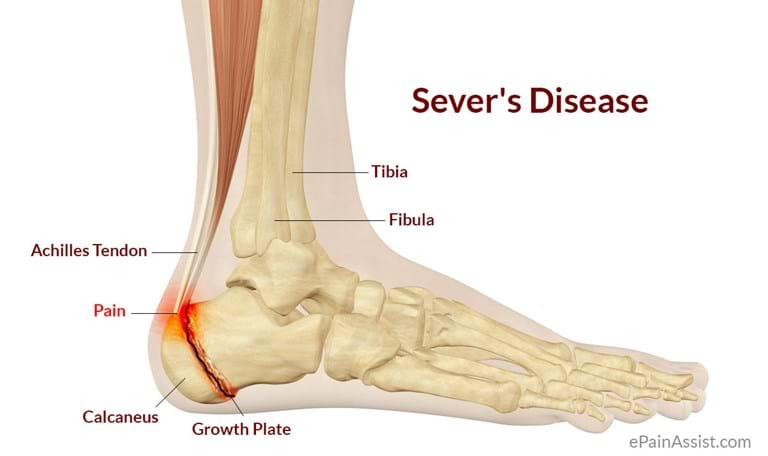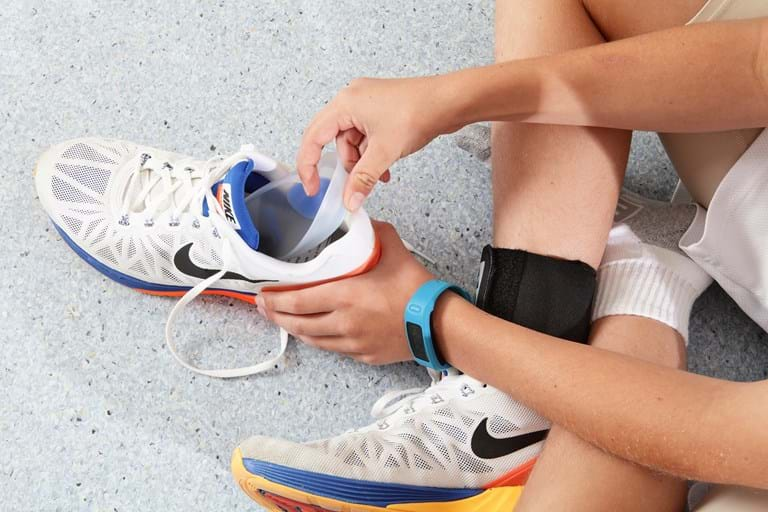Calcaneal apophysitis, commonly known as Sever's disease, is a condition that affects children between the ages of 9 and 13 years, especially active boys. It is characterized by pain in one or both heels.
During this phase of life, growth of the bone is taking place at a faster rate than the tendons. Activities, such as running or jumping, cause the already tight Achilles to pull on the growth plate. The end result is injury and inflammation at the heel where the Achilles tendon inserts into the heel bone (Calcaneus).
The typical patient is a child between 9 and 13 years of age, complaining of pain in one or both heels, that is worse during or after exercise. The pain is localized to the point of the heel where the Achilles tendon inserts into the calcaneus, and is tender when pressure is applied at that site.
The best treatment is rest. However, in this age group, rest is often not an option. We can help manage the pain caused by Sever's Disease by using an orthotic device to relieve tension and impact on the heel. This is achieved by using a combination of small heel wedges and an insert of durable medical grade silicone.
In more severe cases, physiotherapy to relieve the pain and stretching exercises may be helpful.
Sever's disease is an overuse syndrome involving an immature part of the skeleton. Pain goes away when the overuse is over, or when the current period of growth slows. This may take up to two years but it will eventually decrease and vanish.
Even if the child is hurting, as long as they can tolerate it, they may continue to take part in sports. No long term disability is expected from this problem. Treatment is designed to allow as much participation in active life as possible.
Contact Orthokids on:
(03) 9836 4480


